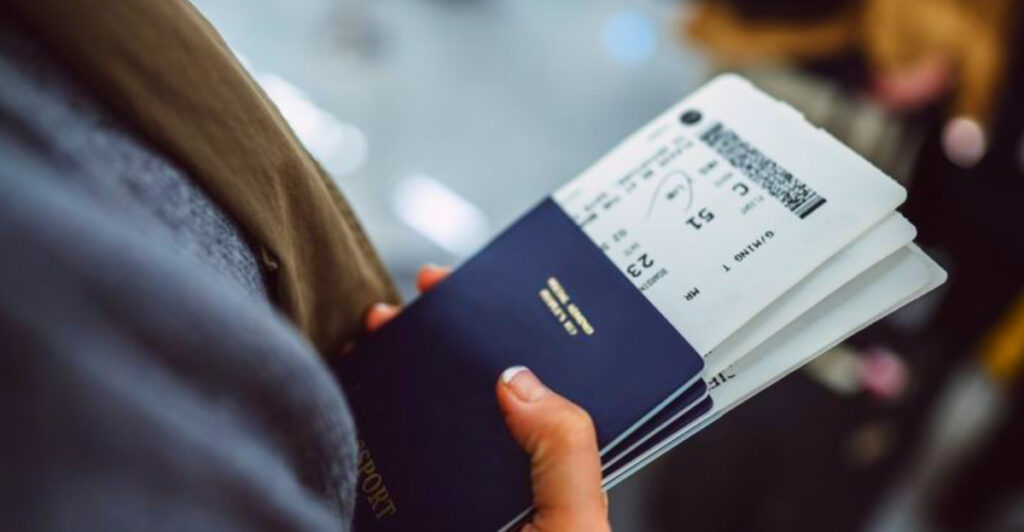Flying should be exciting, not stressful. Yet a tiny mistake on your boarding pass can turn your dream vacation into a nightmare at the gate. From mismatched names to expired documents, these common errors catch thousands of travelers off guard every year—and most are completely preventable.
1. Your name doesn’t exactly match your ID
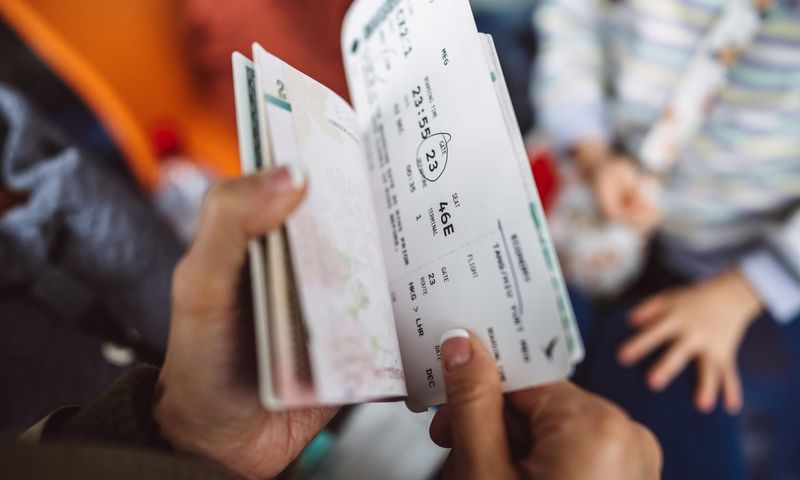
One tiny typo can ground your trip before it starts. Airlines follow TSA’s Secure Flight rules, which demand that every letter on your boarding pass matches your government-issued ID perfectly—middle names, initials, hyphens, and all.
A nickname, missing middle name, or misspelled surname will raise red flags at security. The agent may refuse to let you board, leaving you scrambling to rebook.
Before you book, double-check your airline profile and compare it to your driver’s license or passport. Update your frequent-flyer account with your full legal name. If you spot an error after check-in, contact the airline immediately and reprint your pass with the corrected details.
2. You show up without a REAL ID (U.S. domestic)
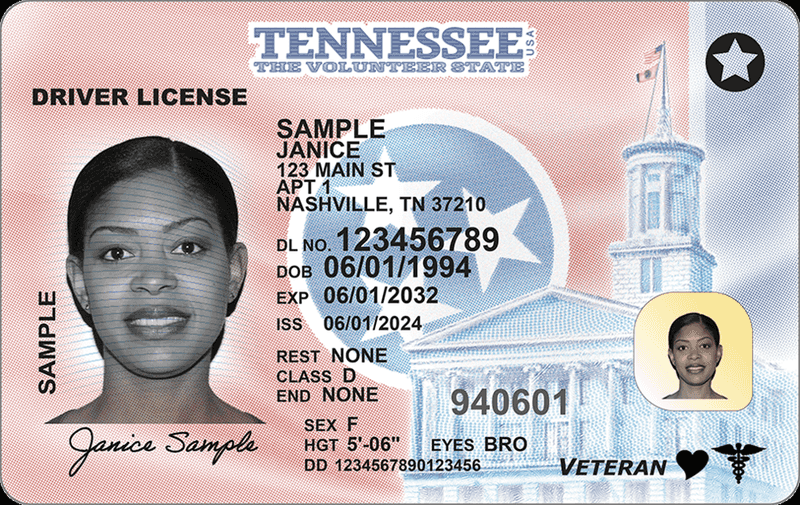
May 7, 2025 changed everything for domestic flyers. TSA now enforces REAL ID requirements nationwide, meaning adults eighteen and older must show a compliant license or another approved ID—like a passport—at every checkpoint.
Non-compliant licenses can trigger extra screening or outright denial at security, even if your boarding pass looks perfect. Look for the star symbol in the corner of your state ID; no star usually means non-compliant.
Check TSA’s official list of acceptable IDs before your trip. If your license isn’t REAL ID–ready, carry your passport instead. Renewing your state ID ahead of time saves last-minute panic at the gate.
3. You miss airline check-in/boarding cutoffs
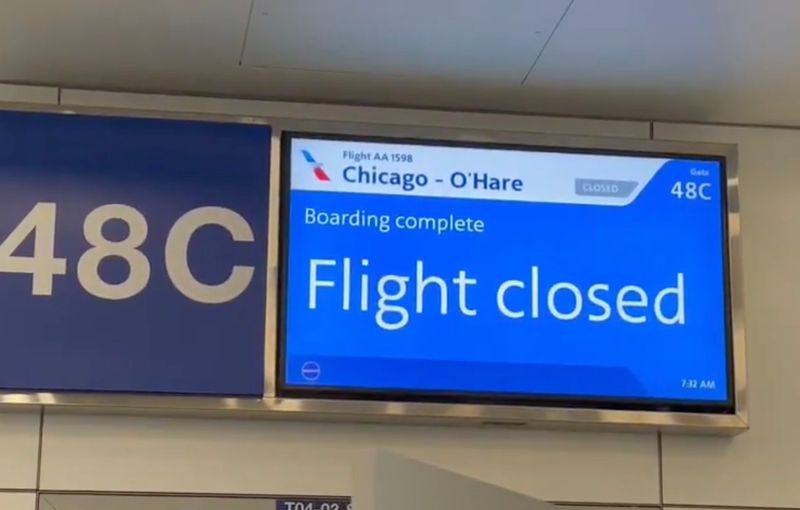
Airlines don’t bend their cutoff clocks for anyone. Delta closes the gate door fifteen minutes before departure; United now requires domestic check-in forty-five minutes ahead. Miss that window and your boarding pass becomes worthless paper.
Carriers publish these deadlines to keep flights on schedule, and gate agents have zero flexibility once the clock runs out. Even premium ticket holders get left behind if they arrive late.
Research your airline’s specific cutoffs for your route and airport size. Build in a cushion—two hours for domestic flights, three for international. Traffic jams and long security lines won’t wait, so neither should you.
4. You rely only on a mobile pass—then your phone dies
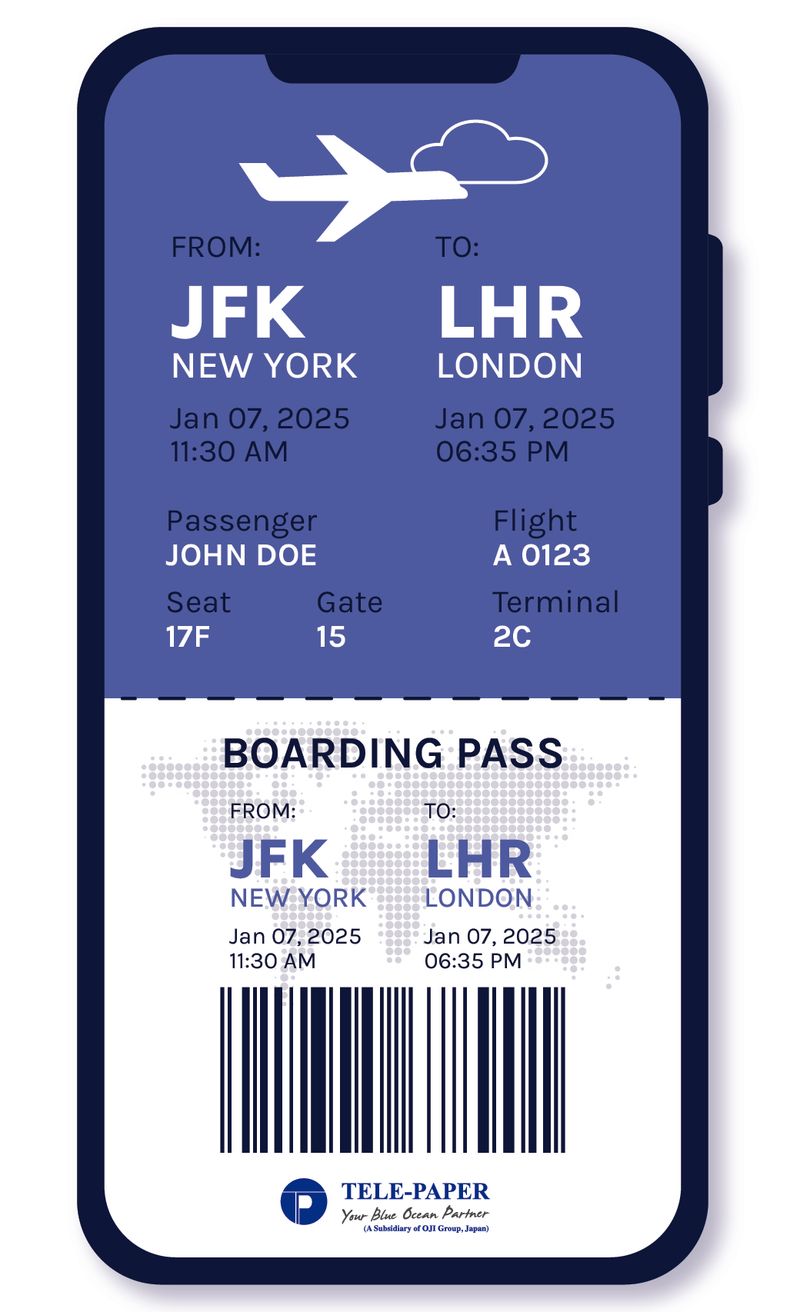
Mobile boarding passes live in your phone’s wallet—until your battery hits zero percent. App glitches, weak airport Wi-Fi, and scanner failures can all leave you stranded at security or the gate, frantically hunting for a charger.
Travel experts at Travel + Leisure recommend carrying a paper backup for exactly this reason. Even though American Airlines confirms mobile passes scan reliably, technology isn’t foolproof.
Download your pass to Apple Wallet or Google Pay, then print a copy at home or grab one from an airport kiosk. That extra sheet of paper weighs nothing but can save your entire trip when tech fails you.
5. You post your boarding pass online (or toss it intact)
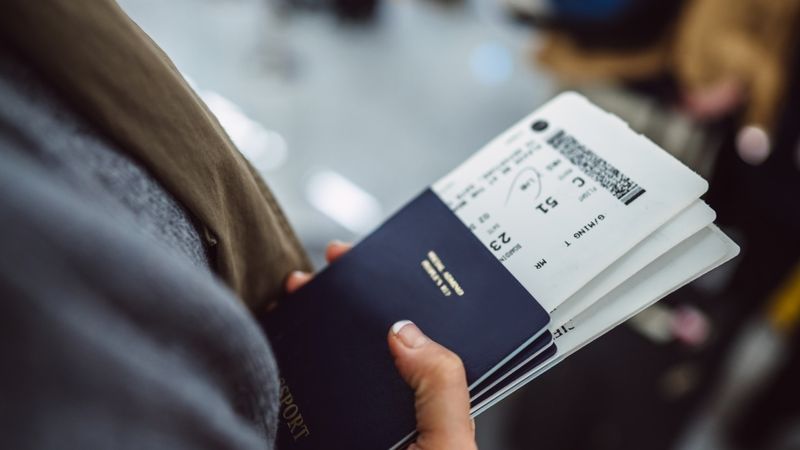
That Instagram shot of your boarding pass might seem harmless, but the barcode hides a goldmine of personal data. Security researchers have repeatedly demonstrated how easy it is to decode booking references, frequent-flyer numbers, and travel details from a single scan.
Identity thieves and hackers monitor social media for exactly these posts. Once they have your information, they can access your reservation, change seats, or even cancel flights.
Treat your boarding pass like a credit card statement. Never share photos of it online, and shred paper copies before tossing them. A few seconds of caution protects weeks of planning from digital criminals.
6. Your TSA PreCheck never shows up on the pass
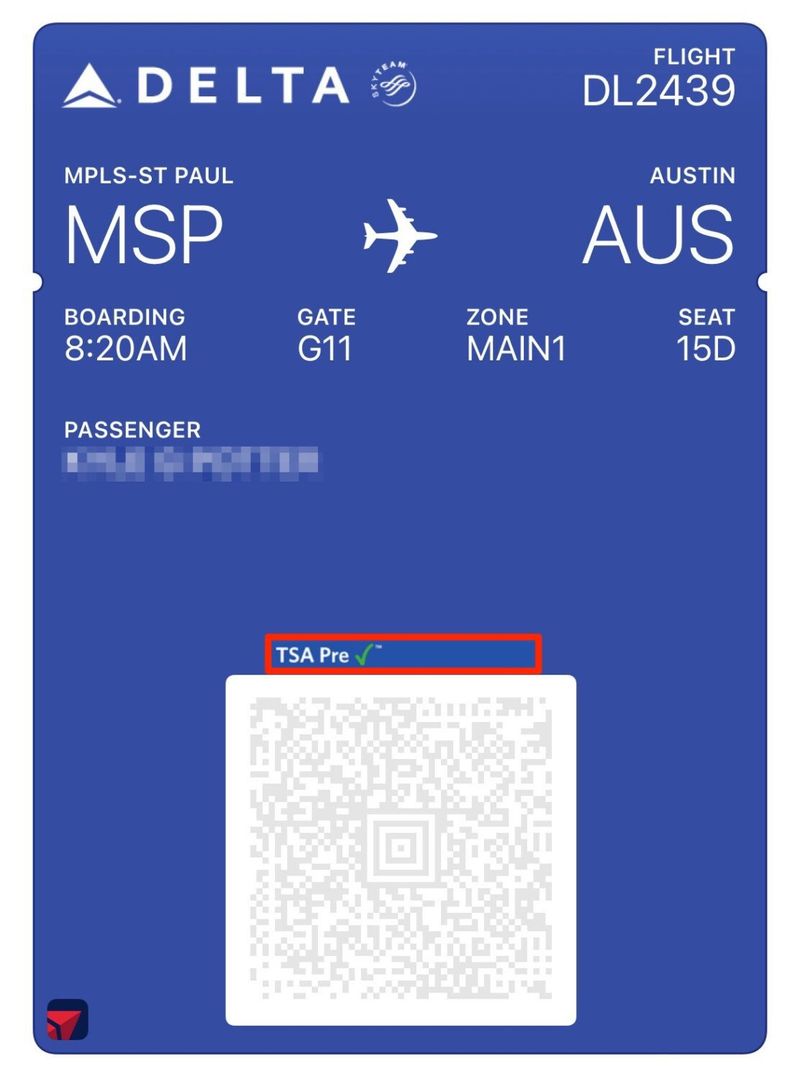
You paid for PreCheck, yet your boarding pass sends you to the regular security snake-line. The culprit? Your Known Traveler Number isn’t linked to this specific reservation, or your name and birth date don’t match TSA’s records exactly.
Without that PreCheck indicator printed on your pass, agents will wave you toward standard screening—shoes off, laptop out, belt unbuckled. All that membership money wasted on one trip.
Add your KTN to your airline loyalty profile before booking any ticket. Double-check spelling and birth date match your PreCheck application. If you add it after check-in, reissue your boarding pass so the magic words appear.
7. You assume a printed/screenshot pass never goes stale
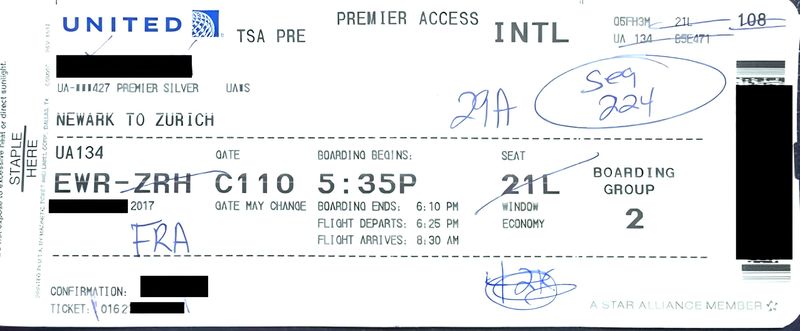
That boarding pass you printed yesterday might already be outdated. Any change to your reservation—seat reassignment, gate switch, or adding your PreCheck number—can invalidate older versions, even if the barcode still scans at first glance.
American Airlines explicitly warns passengers to get a fresh pass after updating their Known Traveler Number. Relying on stale screenshots or crumpled printouts creates confusion at security and delays at the gate.
Whenever you modify anything in your booking, re-download the pass to your phone’s wallet or reprint it at an airport kiosk. Always use the most recent version to avoid surprises when you scan.
8. You think a boarding pass guarantees entry when a visa/ESTA is required
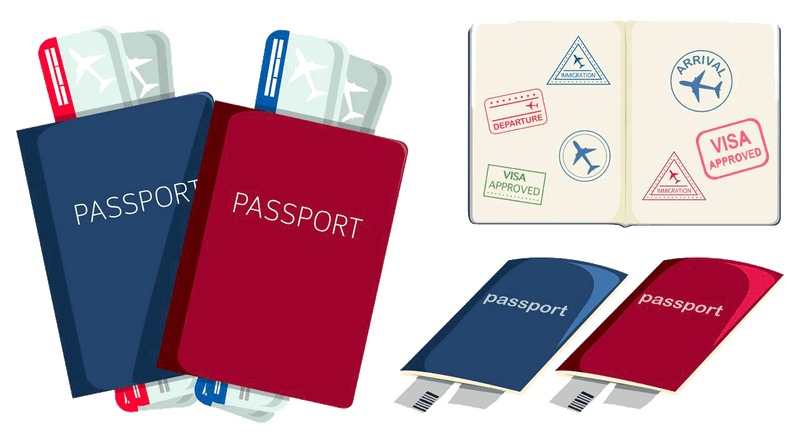
A boarding pass in hand doesn’t equal permission to enter a foreign country. U.S. Visa Waiver travelers must obtain ESTA authorization before departure, and admissibility is determined only when you land—not when you check in.
Airlines verify travel documents during check-in, but they aren’t immigration officers. Missing or expired ESTA, visa, or eTA approvals can result in denied boarding, even with a valid ticket and pass.
Research entry requirements for every destination weeks before your flight. Apply for ESTA, visas, or electronic travel authorizations early, and confirm approval status before heading to the airport. Your boarding pass opens the plane door, not the border.
9. You ignore passport-validity rules tied to your pass
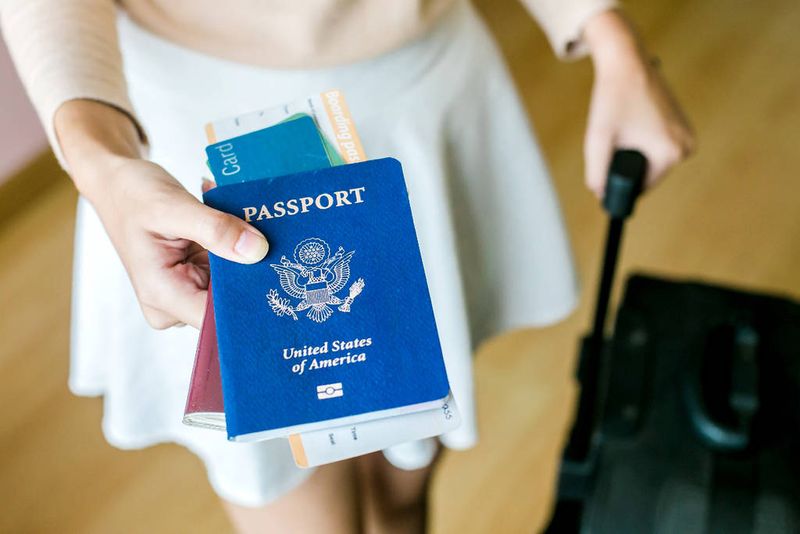
Many countries won’t let you board if your passport expires too soon—even if it’s technically valid for your travel dates. The infamous “six-month rule” requires passports to remain valid six months beyond your stay, though some nations exempt U.S. travelers.
Customs and Border Protection publishes a detailed list of countries and their specific validity requirements. Check-in agents will block you from boarding if your passport doesn’t meet the destination’s rules, turning your boarding pass into useless paper.
Verify your destination’s passport-validity requirement months in advance. Renew early if you’re cutting it close. Don’t assume your boarding pass alone gets you on the plane—your passport’s expiration date matters just as much.
10. You cut it too close to the gate time printed on your pass
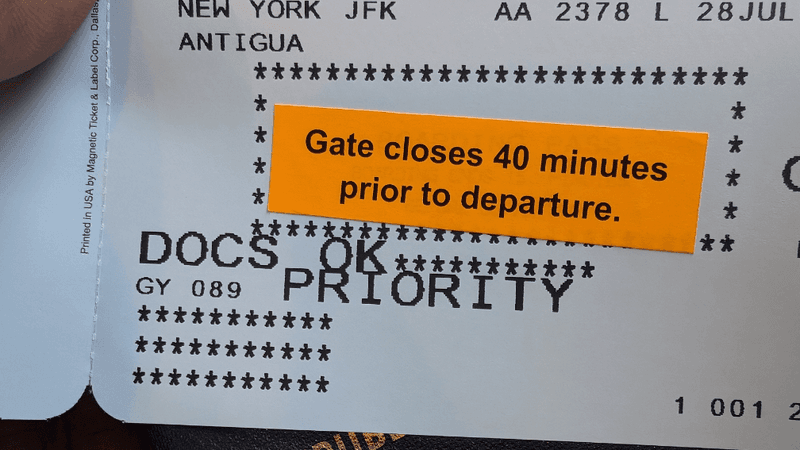
Gate times aren’t suggestions—they’re deadlines. Delta requires passengers at the gate fifteen minutes before departure, and some airports demand even earlier arrival. Stroll up at the printed boarding time and you might find the door already sealed shut.
Large airports add another layer of complexity: concourse walks can take ten minutes or more, and unexpected gate changes happen constantly. Cutting it close leaves zero margin for error.
Plan to reach your gate well before the printed time, especially at sprawling hubs like Atlanta or Denver. Factor in security waits, restroom stops, and terminal distances. Early arrival beats sprinting through concourses any day.

